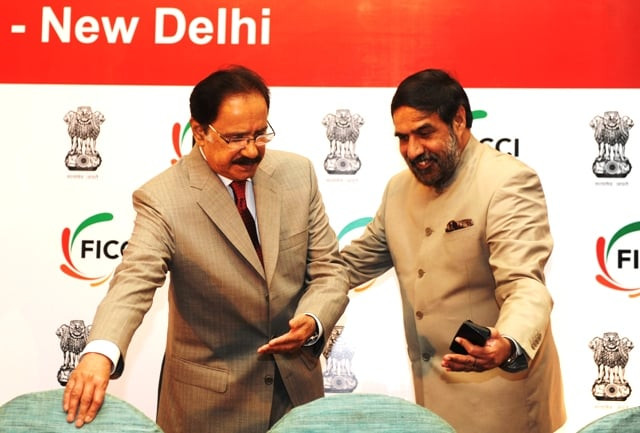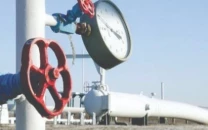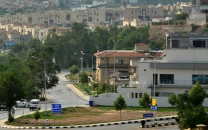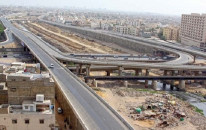A step forward
Regular high-level meetings and strengthening of economic ties will lay the foundation for peace.

This trade agreement is part of the peace process that was kick-started after a two-and-a-half year hiatus with Foreign Minister Hina Rabbani Khar’s visit to New Delhi this summer. Given the fractures that existed after India pinned the blame for the Mumbai attacks on Pakistan, even such measures, small though they may be, are a sign of progress. With no solution to the Kashmir issue on the horizon, it is best to put that on the back-burner for now and try to find common ground. Increased trade between the two countries will be mutually beneficial and so it is heartening that they are willing to put political differences aside to achieve this.
But completely ignoring the deep divide that separates Pakistan and India will not be possible in the long-term. Just this week, the Indian government seemed to react with barely disguised glee when the US accused Pakistan of supporting the Haqqani network. The issue of Afghanistan will loom large for the two countries as the US withdraws its troops and both seek to become the dominant player in the war-torn country. A practical solution to the Kashmir issue also seems as distant as ever — while new strains in the relationship are likely to be caused by disputes over water. This is not to say that peace in our time is impossible; simply that it will not be achieved in a single summit. Regular high-level meetings, a liberalised visa regime and further strengthening of economic ties will lay the foundation for peace. It is only then that the hard work begins.
Published in The Express Tribune, September 30th, 2011.














COMMENTS
Comments are moderated and generally will be posted if they are on-topic and not abusive.
For more information, please see our Comments FAQ